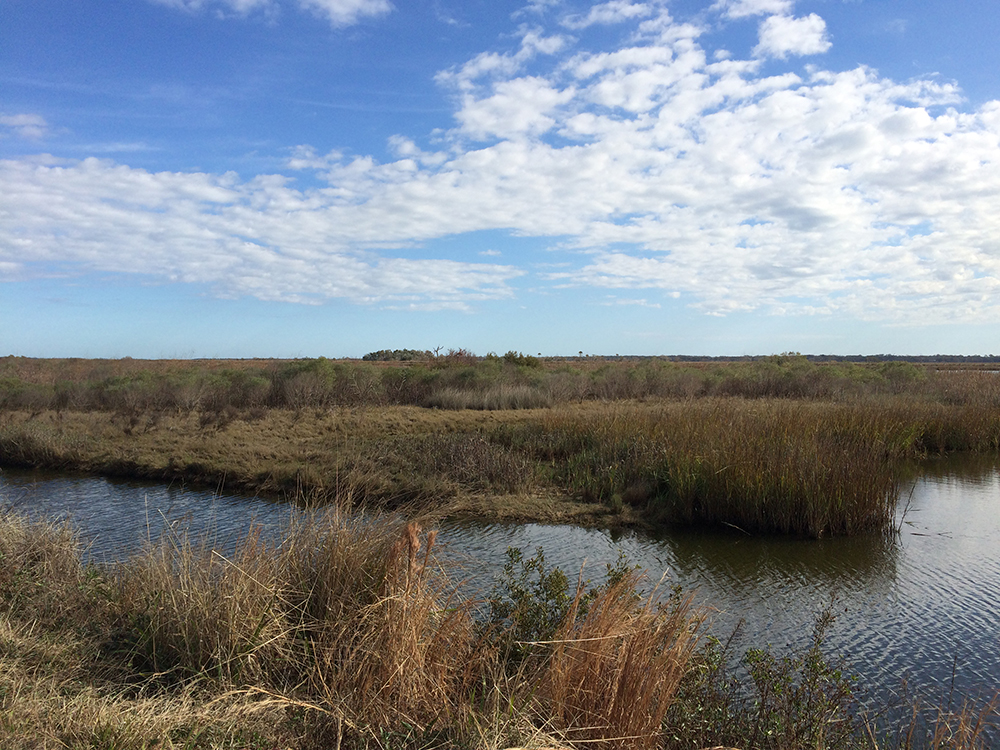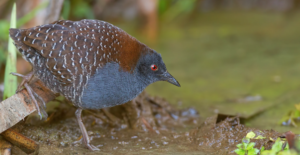ACJV Workshop Charts a Path Forward for Black Rails
In late October, partners from across the Joint Venture convened in Charleston, South Carolina, to begin developing the first components of the ACJV Black Rail Conservation Action Plan. The Plan will lay out a series of high-priority actions needed to stabilize and reverse Black Rail population declines in the Joint Venture region. Workshop participants identified five conservation strategies over the two-day workshop that will be essential to achieving population objectives. Strategies focus on creating new non-tidal habitat; developing Black Rail friendly BMPs for fire, agricultural and impoundment management; and developing a landowner assurance program for conserving Black Rails on non-federal lands. These strategies emphasize non-tidal management (e.g., ag lands, impoundments, etc.), which reflects a growing recognition that natural tidal marshes, where the subspecies historically concentrated, may be unable to sustain Black Rails into the future. Black Rails have always used non-tidal and inland wetland habitats, although in much lower densities than are found in coastal marshes. With rising seas increasingly rendering high marsh habitat unsuitable, non-tidal wetlands offer hope that sufficient habitat can be created away from the threat of sea level rise to sustain Black Rails into the future.
The ACJV Black Rail Working Group will continue to refine and finalize the draft strategies over the coming months, with a draft plan expected in the Spring.


